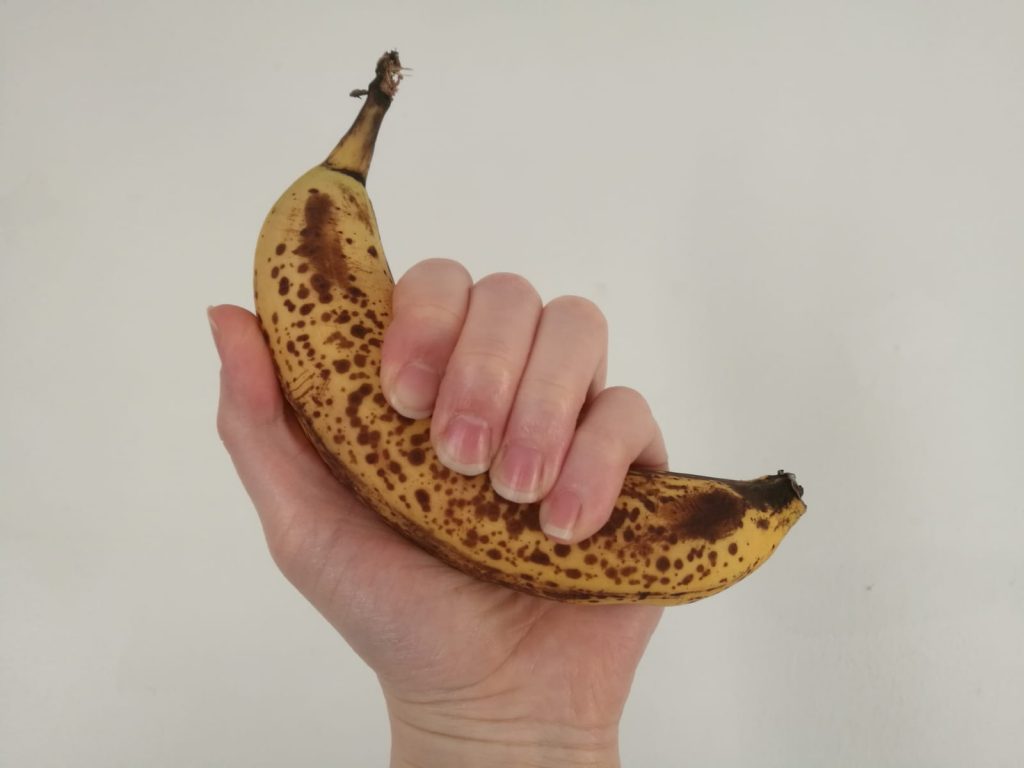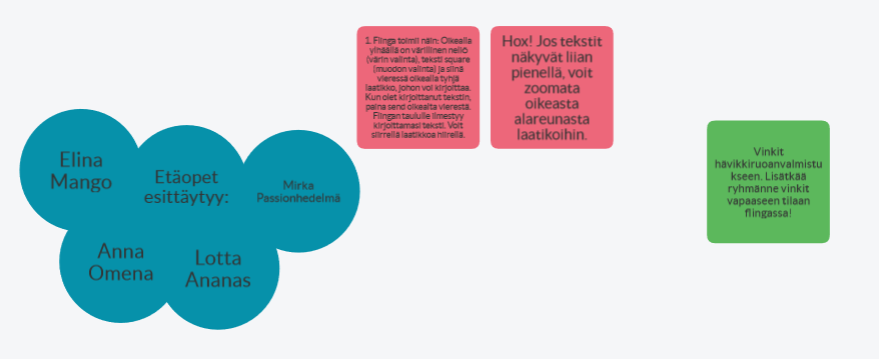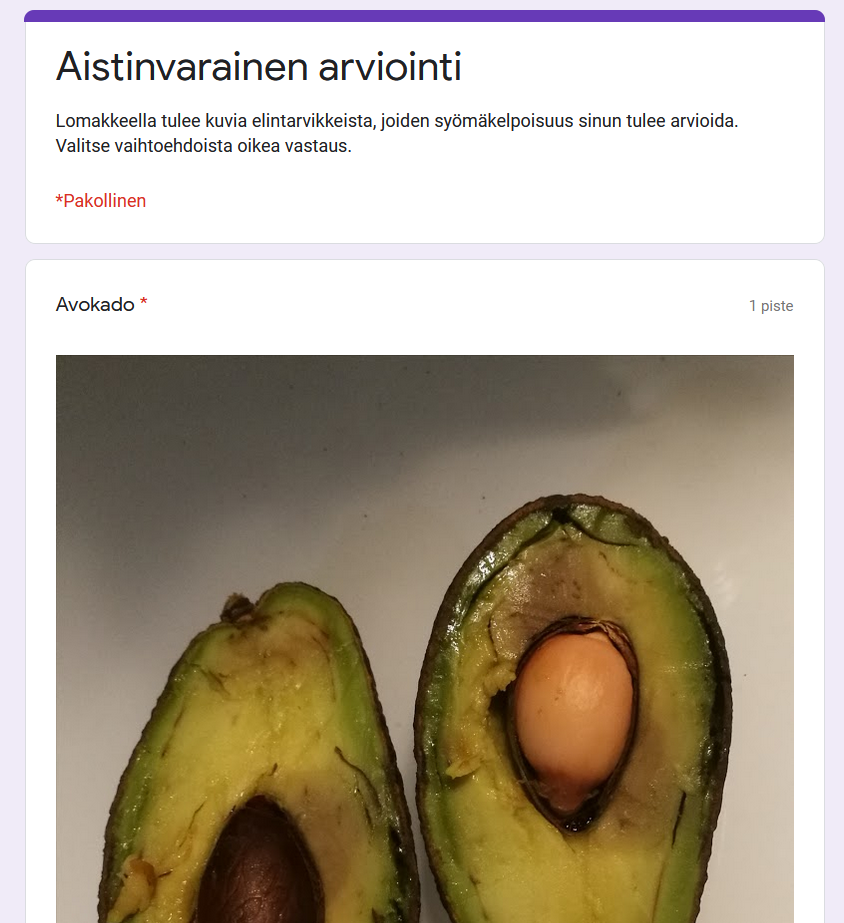Korhonen Mirka, Leskelä Elina, Piispanen Lotta, Tikkanen Anna
Basis of the teaching experiment
The idea behind this teaching development project was to “teach differently”. We set out to design something that would go out of our own comfort zone and thus open up new perspectives and ways to teach. We work within the curriculum, but with an experimental and explorative approach. Our design for the teaching experiment was guided by the socioconstructive notion of learning. Socio-constructive learning sees knowledge formation and learning as a social phenomenon. (Kauppila. 2007, p. 114).
In Home Economics interactivity is a basic principle, because learning happens when working together.
Narrative pedagogy was a new concept for us, so we decided to apply it in our Home Economics project, where knowledge and skills needed for everyday life are learned on a daily basis (Palojoki, 2020, p. 31). In a plot learning environment, tasks for learning are wrapped up in a storyline, where the story serves as both a motivational tool and a teaching method. When the problem of the story is convincingly highlighted, it motivates students towards solving the problem. In this way, the students have the opportunity to influence the continuation of the story. (Hakkarainen, Vuorinen & Peppanen, 2010, p. 110–114). In addition to narrative pedagogy, the teaching experiment was guided by phenomenon-based learning and experimental pedagogy, because global and local phenomena are utilized naturally in Home Economics (POPS, 2014, p. 439).
This development project’s contents in class were food loss in everyday life, groceries journey from bananas point of view, sensory evaluation and date tags. Cooking in households has increased during the corona pandemic (Rytkönen, Mattila & Palomaa, 2020), thus we can assume that more food is lost than before pandemic. Food loss is a very common phenomenon in the global climate change crisis narrative. Preventing food loss helps decrease carbon dioxide emissions. Therefore, knowledge and skills about how to prevent food waste are needed now and in the future.
Food waste is a wide topic, and that’s why we chose to narrow the concept by teaching the topic from the point of view of the banana fruit. Banana cropping, transport and stocking created climate impact was discussed. As well, how to use maturing bananas in cooking and baking on a daily basis.

Also, our aim was to adopt a gender conscious pedagogical approach. In a gender-sensitive pedagogy, gender-related norms and impacts are acknowledged in education both at the individual and the societal level (Seta, 2021b). What, then, a Home Economics teacher should know about gender? Video material created by the University of Helsinki (2020) points out that in gender-conscious Home Economics teaching, division of work and group allocation is performed in ways that support students’ learning beyond gender stereotypes.
This means that every student is seen as an individual able to make their own decisions. Therefore, diversity should be recognized and the whole school community should take action to prevent inequalities. Teachers, for example, should ask what name a student has chosen, rather than taken the already chosen name for granted (Heikkinen & Huuska, 2015).
The implementation of the teaching experiment
The teaching experiment was carried out at a secondary school in Vantaa, in April 2021. The upper schools were then in distance learning in the Helsinki metropolitan area, so the pupils participated in distance learning from home. We had an opportunity to design and implement a teaching experiment for an optional household course called “household here and elsewhere”. Two eighth grade groups participated in the teaching experiment, which we taught in pairs of teachers.

In our teaching experiment, the lesson was held through Microsoft Teams, which served as our classroom. At the beginning of the lesson, we used the statement-referencing task to activate students’ interest in the task and got to know with one another. This was followed by a review of the theory of date marking, sensory evaluation and food waste. In addition, a demonstration of sensory evaluation was held in a teacher-led manner. After the demonstration, the students practiced sensory evaluation and interpretation of date markings both independently and in groups using the Google Forms test and Microsoft Teams small group function. During the class, Flinga served as a class board and recovery folder where pupils were able to return the assignments they did in small groups. At the end of the lesson, the teacher read aloud the Banana Journey Story and a letter in which we invited students to join the work against food loss. This is how they became active participants in the story. Finally, we introduced our waste banana recipe bank and asked students to respond to a feedback survey.

Feedback
The learning material we designed for the lesson received praise from the school’s Home Economics teachers. In particular, the teachers liked the demonstration of sensory evaluation taught in teacher-pairs and the sensory evaluation task of Google Forms. We asked students for feedback using the Google Forms feedback form. The students’ answers to the question “What do you think was the best thing during the lesson?” were heartwarming: “All because I learned a lot”, “That test, and well, all” and “Breezy and positive teachers”. To the question “How the lesson could have been even better?” was answered as follows: “It was a good lesson, no need to add anything” and “The class could have started a little later, but otherwise it was good”. We felt that feedback was very important in reflecting on the teaching experiment.
Developing the teaching experiment
While developing our lecture we would have given more consideration to diverse needs of students. Especially when applying a narrative pedagogy, it would be important to pay attention to students who have troubles in listening comprehension, or for whom the language spoken is not their native language. For students like these we could have given the whole story or some vocabulary beforehand, which would help them to keep up with the storyline. Inadequate understanding of structure of the text might be a cause of low comprehension of text which could affect understanding the thread of the text in chronological stories by making it harder (Lehto, 2006, p. 133).
The Home Economics teachers gave us a couple of suggestions for developing our lesson. They proposed that we could have started the lesson by telling and visualizing to students the structure and timetable of the lesson which would have helped the students to keep up with the lesson. In addition, while distance schooling, the meaning of breaks is highlighted, which is why we could have had a break on our lesson.
If we could have implemented the teaching development experiment at a Home Economics classroom, we would have wanted narrative pedagogy to have a bigger role in our lesson and have it as a teaching method, which defines the whole lesson. After listening to the story, the students would have become part of the story as active consumers to prevent food loss with preparing food from bananas, which would have gone to waste in other case.
References
Hakkarainen, P., Vuorinen, M. L. & Peppanen T. (2010). Opettajakompetenssit juonellisessa osallistavassa ympäristössä. Teoksessa Juuso, H., Kielinen, M., Kuure, L. ja Lindh, A. (toim.), Koulun kehittämisen haaste. Näkökulmia harjoituskouluissa tapahtuvaan tutkimukseen (s. 110–124). Oulun yliopiston opetuksen kehittämisyksikön julkaisuja. Dialogeja 13. Oulu: Oulun yliopistopaino. Saatavilla: https://www.oamk.fi/c5/files/2815/5436/7031/dialogeja_13.pdf. Viitattu 26.3.2021.
Heikkinen, L. & Huuska, M. (2015). Sateenkaari koulutien päässä. Sukupuolen moninaisuuden osaamiskeskus. Saatavilla: https://seta.fi/2015/08/14/sateenkaari- koulutien-paassa/. Viitattu 28.4.2021.
Kauppila, R.A. (2007). Ihmisen tapa oppia: johdatus sosiokonstruktiiviseen oppimiskäsitykseen. Jyväskylä: PS-Kustannus.
Lehto, J. E. (2006). Tekstinymmärtäminen ja sen vaikeus. Teoksessa: Takala, M. ja Kontu, E. (toim.), Luki-vaikeudesta luki-taitoon. Palmenia-sarja 8. Yliopistopaino.
Palojoki, P. (2020). Tästä tulevaisuuteen – 2020-luvun kotitalousopetus: Kommenttipuheenvuoro. Ravitsemuskatsaus, 2020(2), s. 31–33.
POPS (2014). Perusopetuksen opetussuunnitelman perusteet 2014. Opetushallitus. Helsinki: Next Print Oy.
Rytkönen, A.-P., Mattila, M., Ojanperä, S. & Palomaa, A. (2020). Korona on lisännyt kotimaisen ruoan kysyntää jopa kymmeniä prosentteja – elintarvikeala lupaa, että tavaraa riittää ja lisää tehdään koko ajan. Ylen uutisartikkeli 19.3.2020. Saatavilla: https://yle.fi/uutiset/3-11265467. Viitattu 30.3.2021.
Sukupuolen moninaisuuden osaamiskeskus (2021). Sateenkaarisanasto. Saatavilla: https://seta.fi/sateenkaaritieto/sateenkaarisanasto/. Viitattu 20.4.2021.

